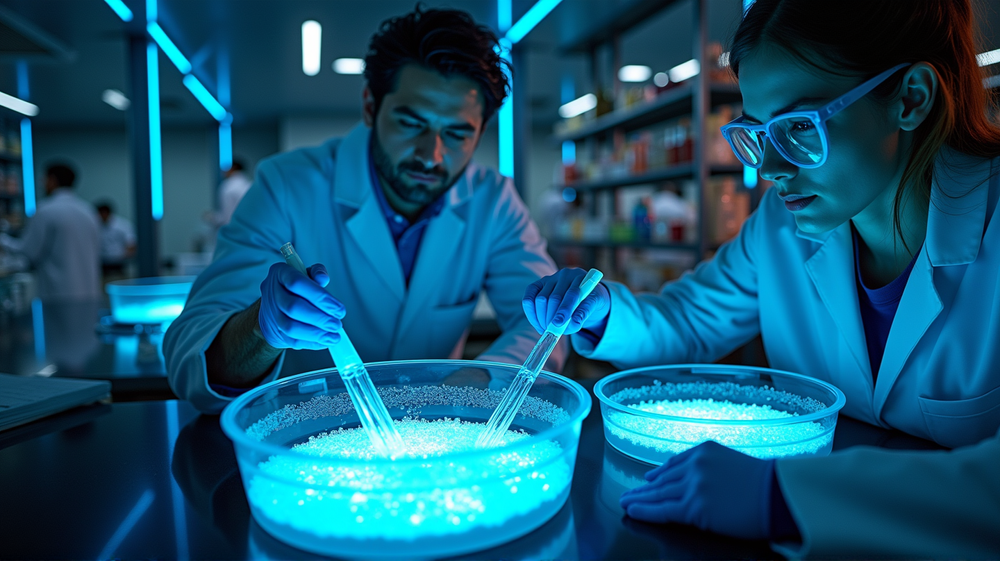Shining Light on Cyanobacteria: A Breakthrough in Bio-Productivity
The Curious Case of Circadian Rhythms
RICHLAND, Wash.-In a world where disrupted circadian rhythms often lead to negative health impacts like obesity and sleep difficulties, one small organism is defying the odds in a positive way. Cyanobacteria, also known as blue-green algae, are turning the tables on traditional circadian expectations by enhancing their productivity when these rhythms are disrupted.
The Experiment That Defied Nature
At the forefront of this scientific breakthrough is the Pacific Northwest National Laboratory. Researchers there discovered that by keeping the lights on throughout the night, cyanobacteria significantly boosted their production of a valuable substance: sucrose. This revelation originates from a study led by Pavlo Bohutskyi, focusing on predictive phenomics, which explores how environmental factors can be harnessed to influence the traits of organisms.
What Happens When Night Becomes Day for Cyanobacteria?
Under normal circumstances, cyanobacteria capture sunlight during the day, storing energy in the form of glycogen. At night, like most organisms, they rest. However, by exposing these microbes to continuous light, scientists observed a fascinating twist: the bacteria diverted their night-time activities towards sugar production, resulting in a threefold increase in sucrose output. This change is a testament to the flexibility and adaptability of their metabolic processes, spotlighting the profound impact of environmental shifts on their genetic expression.
Unveiling the Molecular Rewiring
The dramatic change was accompanied by an alteration in over 300 genes related to photosynthesis, carbon storage, and cellular processes. “The cyanobacteria rewired themselves in response to environmental changes,” stated Bohutskyi, highlighting the organism’s remarkable ability to alter its phenotype in the face of new challenges.
Implications for the Future
This breakthrough represents a new chapter in bio-productivity, particularly for industries reliant on cyanobacteria for producing fuels, foods, and industrial chemicals. The team’s findings underscore the potential of manipulating environmental factors to enhance biological and industrial efficiency.
Gathering Minds for Future Insights
With over 100 researchers set to discuss these findings at the inaugural Predictive Phenomics Conference in Richland, Wash., the stage is set for further advancements. The event, organized by PNNL, promises a platform for exchanging ideas on how environmental changes can shape the molecular destinies of organisms.
In an era striving for sustainability, these insights into cyanobacteria’s circadian flexibility illuminate a path towards more efficient and environmentally-conscious biological processes, offering hope for diverse applications from biotech to agriculture. As stated in Mirage News, this innovation is just the beginning.
Overall, this discovery is a milestone for environmental science, setting the stage for new advancements in manipulating microorganism productivity to meet human needs sustainably.




